Equipment
Nike 20XI / 20XI-X Balls
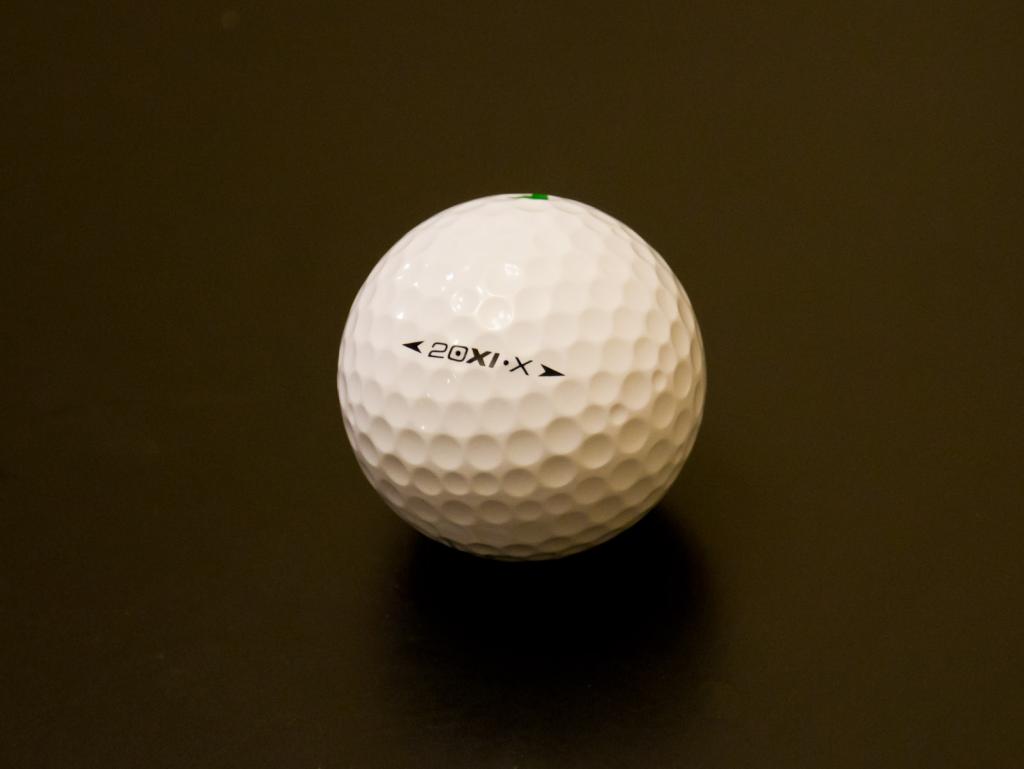
Review by GolfWRX writer: PhilsRHman
I received a dozen 20XI-S and 20XI-X balls with the understanding I would post my thoughts here. Thanks to GolfWRX and Nike for the chance to hit these balls and for getting product into the hands of the site’s users to weigh in.
Click here to read the discussion in the forums
About me: I’ve been hovering in the upper single digits for the past two years, but have played quite a bit this season and have dipped down to a 4.8 this summer. I’ve always looked for a performance ball at a bargain. Last year that meant the Wilson Staff FG Tour and this year it’s meant the Srixon ZStar-X. If I had my choice of any ball, it would be a Pro V-1x. I’m a very high launch, high spin player, which was proven to be true on two recent Trackman sessions at HotStix in Rye Brook, NY. My driver swing speed at my last session was 114-118 and my big issue is that my angle of attack is around 3-4*, which puts an awful lot of spin on the ball.
I’ll admit at the start, I really didn’t think I’d be able to tell the difference between one premium ball and another, but I guess the fact I’m playing a lot, and playing pretty well, combined with the fact I’ve played almost entirely with the Z Star-X this summer, and I could see very obvious differences.
I’ve noticed a lot of the other guys broke down the ball by segments, so I’ll do the same. However, I’ll rank them in order of noticeable difference.
1. Iron spin: Unfortunately, both the S and X proved to have uncontrollable spin on full shots to the greens for me. With a Pro V or Z Star, a long iron would hit and release 6-10 feet. A 7-9 iron would hit and stop and a wedge would back up 3-6 feet. Very predictable. However, over the past few rounds, I’ve been unable to control the spin on either the S or the X. At first I thought it was just the S, but today proved that the X is as tough to gauge. A long iron (5-6 iron) would hit and stop, maybe even back up 3 feet. A 7-9 iron would back up 10-12 feet, and a wedge would suck back off the green. I saw examples of a 8 iron with a X sucking back 15-20 feet off the front, as well as a 51* wedge that hit on the back of green and zipped back to the front edge (about 45 feet) although that was an S. To me, this is where the review begins and ends for me. Keep in mind, these aren’t on Augusta type greens, they’re on putting surfaces slowed down to avoid losing the greens in the Northeast heat. While the spin once the ball lands was an issue, I didn’t see much evidence of this ball ballooning into the wind, however my draw often turned from a 5-yard draw to missing the green to the left. In the past, this would be the case when I’d deloft the club at impact, which wouldn’t be the ball’s fault, but here I’d be missing pin high, which tells me it’s excess spin.
2. Green side spin: As you’d imagine, I saw some great hop and stop results with both the 20XI S and X, more so with the S. This is definitely a plus for these two balls, because the spin around the greens is consistent and if you practice enough with them I’m sure you can really dial in your chips and hop-hop-stop shots. I particularly noticed that the X performed especially well out of bunkers. Personally, I would prefer the X’s green side spin, because it’s not quite as aggressive and I found that the S had the habit of really sticking on the first hop, but again, that’s personal preference and I prefer to play a low bump-run whenever possible when just off the edge.
Click here to read the discussion in the forums
3. Driver: Here is probably my favorite part of the 20XI X. I loved driving this ball, it was very easy to work, but I never found myself losing it in either direction. I normally fight a big hook or a block right, depending on the day. The Z Star X must have quite a low driver spin because I can’t work it as comfortably as the 20XI X, so when I really have to work it, I go overboard and lose it. The 20XI X allowed me to hit subtle draws and fades. I think it’s that comfort that allowed me to also bomb away. I found the 20XI X to be consistently longer than the Z Star X, which seems counter-intuitive but proved out over numerous rounds. I put the 20XI X into some positions that I haven’t seen all season at my home course. With all that said about the 20XI X, I really don’t have any good conclusions about the 20XI S in terms of driver, but I do know that I lost several of them into the woods, so I’d say that the extra spin meant I hit them extra wild. I wouldn’t take that as gospel, however, as I sit here writing, I just never got a clearly defined sense of the S off the tee. It was OK, nothing really stood out.
4. Durability: Here’s a real asset of this ball. Sure, a well struck 100 yard shot with a non-conforming wedge will scuff, just like any premium ball. But the cover doesn’t fish gill the way some do and I would give this ball an A for endurance. Nothing longer than a PW marked up the ball, and never grated it on anything but a full wedge.
5. Feel: I know that people put so much stock in how a ball feels off the putter and off irons. I honestly never think about it, until reading a few other reviews and thinking, hmm, yeah, I guess I did notice that. Well, in terms of the S, I did find it to be soft, but not mushy (I thought the previous generation Callaway balls were very mushy). On the D, I also found it to be soft, but maybe a little more solid, if that makes sense. I guess I’d say they are both very comparable to the Z Star X since I didn’t notice much difference between any of the three. I did notice, however, that while switching between the three balls during today’s round (the final test round of about four weeks of playing them all), I couldn’t get the speed of the greens at all. I thought I just putted like a butthead, but then read another review of someone who couldn’t find green speed with the 20XI balls, so maybe I’ve got an excuse. However, yesterday I made 3 birdies in 9 holes with the X, so I can’t really blame the ball. One thing I will say, is that I dug a Pro V1x out of my bag for something yesterday and the feel was MUCH different. The Pro V had a much “deeper” feel at impact if that makes sense. Not firm or soft, just more substantial. I can’t really put it into words, just sort of the same way a really pure iron shot just feels great.
Conclusion: For me, the 20XI X does a lot of things very well, specifically its performance off the driver and its durability. But it’s very hard for me to keep a ball in play when I’m consistently frustrated with a good iron shot that ends up way short. It’s something I could adjust to I’m sure, and maybe if I was playing firmer conditions I’d welcome that extra iron spin. I also know that won’t be an issue for other players, and I think there are enough advantages to heartily suggest giving these balls a try. As for the S, I honestly don’t think it’s the right ball for my game, but in the right hands I think it’ll be a good fit.
Click here to read the discussion in the forums
![]() With the arrival of the new groove regulations it is no surprise that companies like Nike have invested heavily in new ball technologies. The new 20X1(pronounced twenty-x-i) is the result of the combined efforts of Nike’s golf ball engineers and scientists at Dupont (makers of Kevlar and Teflon) to produce a ball that goes further with more control. Essentially they have made a high MOI ball with a more active core and a softer cover. There are two versions: a more distance orientated 20XI-X and the higher spinning 20XI-S.
With the arrival of the new groove regulations it is no surprise that companies like Nike have invested heavily in new ball technologies. The new 20X1(pronounced twenty-x-i) is the result of the combined efforts of Nike’s golf ball engineers and scientists at Dupont (makers of Kevlar and Teflon) to produce a ball that goes further with more control. Essentially they have made a high MOI ball with a more active core and a softer cover. There are two versions: a more distance orientated 20XI-X and the higher spinning 20XI-S.
The Nike balls also have a resin core than is supposed to produce a faster ball speed and a steeper spin slope that sees less spin off the driver and more off the wedge. Moment Of Inertia was the buzz word in the driver world a little while ago but this sees Nike join Callaway’s Tour i(s) and Tour i(z) by creating a ball with perimeter weighting. Not only is this supposed to produce straighter ball flight but it also means that more of the spin is preserved throughout the ball’s flight. This means it can leave the club face with less spin for more distance but also (and somewhat counter-intuitively) land was more spin than a previous generation golf ball.
All this would amount to pretty much the holy grail of golf balls – a longer, straighter golf ball that is easier to control and stop dead when you need it. So long as putting is unaffected this sounds like it could be phenomenal.
Availability is yet to be announced and as always, more information will be found at www.nike.com.
- LIKE5
- LEGIT2
- WOW0
- LOL0
- IDHT0
- FLOP0
- OB0
- SHANK1
Whats in the Bag
Cameron Young WITB 2024 (March)
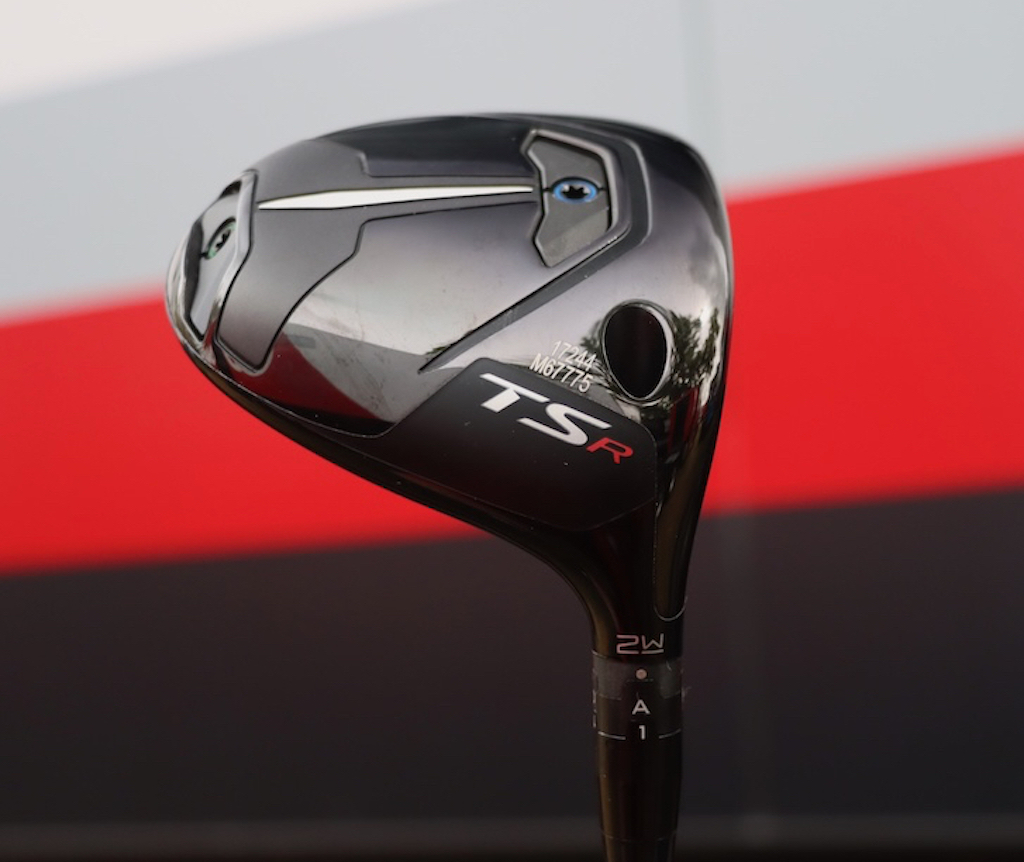
- Cameron Young WITB accurate as of the Valspar Championship.
Driver: Titleist TSR3 (9 degrees)
Shaft: Accra Tour Z5 65 M5
2-wood: Titleist TSR 2W Prototype (13 degrees)
Shaft: Mitsubishi Tensei 1K White 80 TX
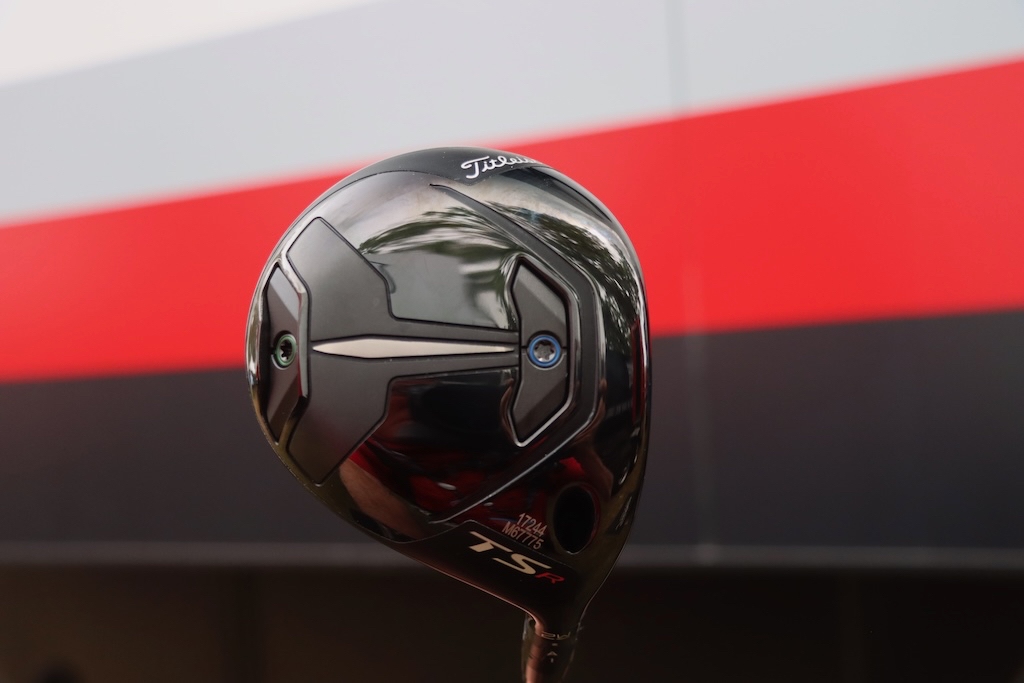
Irons: Titleist T200 (3), Titleist T100 (4-5), Titleist 631.CY Prototype (6-9)
Shafts: MMT Utility 105 TX (3), True Temper Dynamic Gold X7 (4-9)
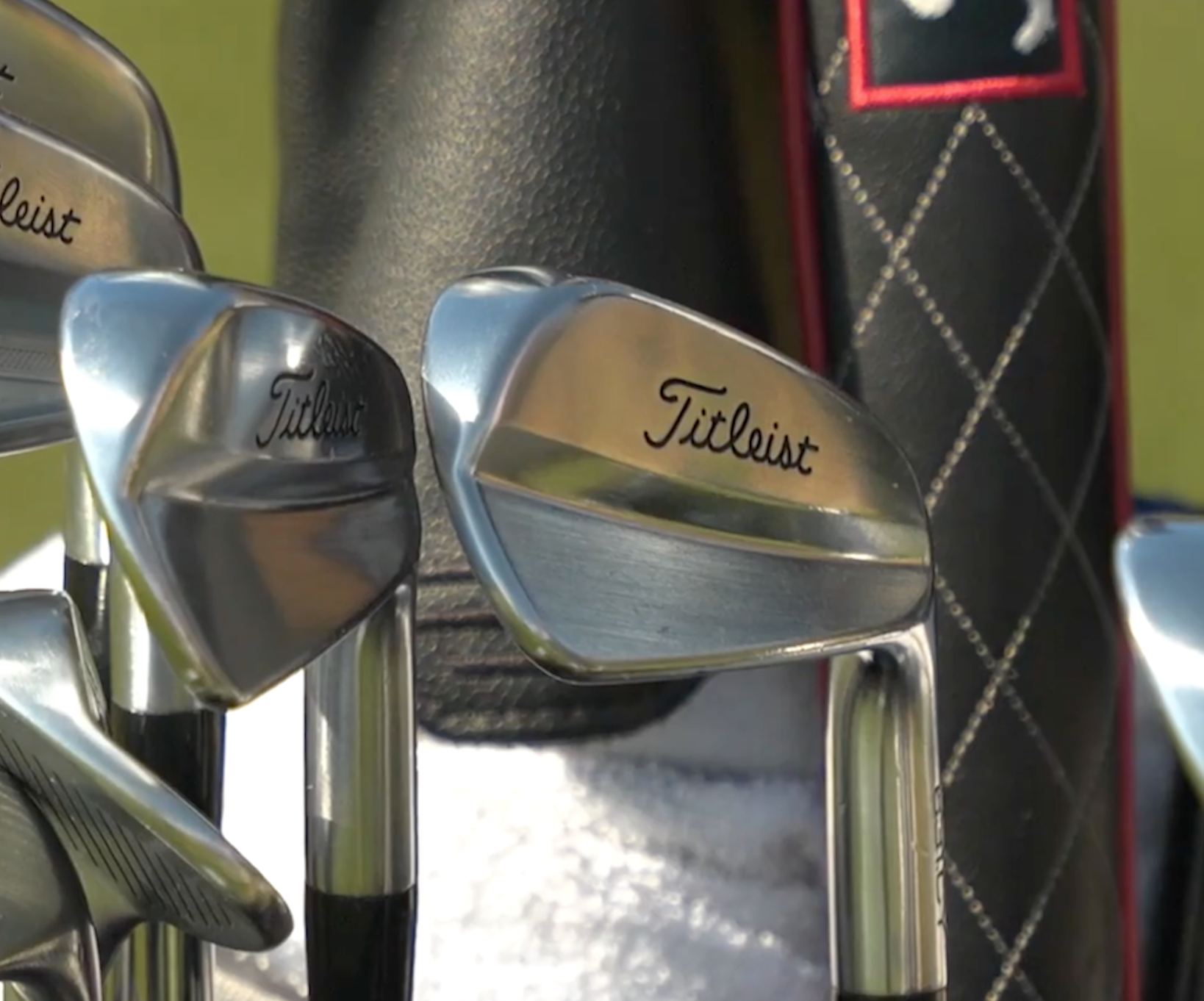
Wedges: Titleist Vokey Design SM10 (48-10F, 52-12F, 58-08M, 60-04T @62)
Shafts: True Temper Dynamic Gold X7
Putter: Scotty Cameron Phantom 5.5 Tour Prototype
Grips: Golf Pride Tour Velvet Align
Ball: Titleist Pro V1 Left Dot
- LIKE0
- LEGIT0
- WOW0
- LOL0
- IDHT0
- FLOP0
- OB0
- SHANK0
Equipment
Best hybrids 2024: Expert fitters recommend the hybrids for your game

At GolfWRX, we believe the best hybrid for your game is going to be the one that gives you the greatest opportunity to both score and save shots during your round of golf.
In 2024, we have seen a continued expansion of hybrid options from every manufacturer with models designed to fit golfers of all skill levels and clubhead speeds. Some manufacturers offer models all the way down to 8-iron-replacement lofts.

That being said, ultimately the best way to find the best hybrid or hybrids for you is to work with a professional fitter using a launch monitor and gap them accordingly. The difficult part is a lot of people don’t have easy access to fitters, launch monitors, and club builders — so at GolfWRX, we have done a lot of the work for you.
We want to give you the tools and information to go out and find what works best for you, and we’re offering recommendations based on exactly what you need from your hybrids.
We have again broken our 2024 best hybrid list into two categories.
- Best hybrid for golfers seeking forgiveness
- Best hybrid for golfers seeking versatility
We reached out to our trusted fitters to discuss how they sort through the hybrid club options available to golfers. Forgiveness and versatility were the highest-ranked choices.
Most versatile hybrids of 2024

Titleist TSR2
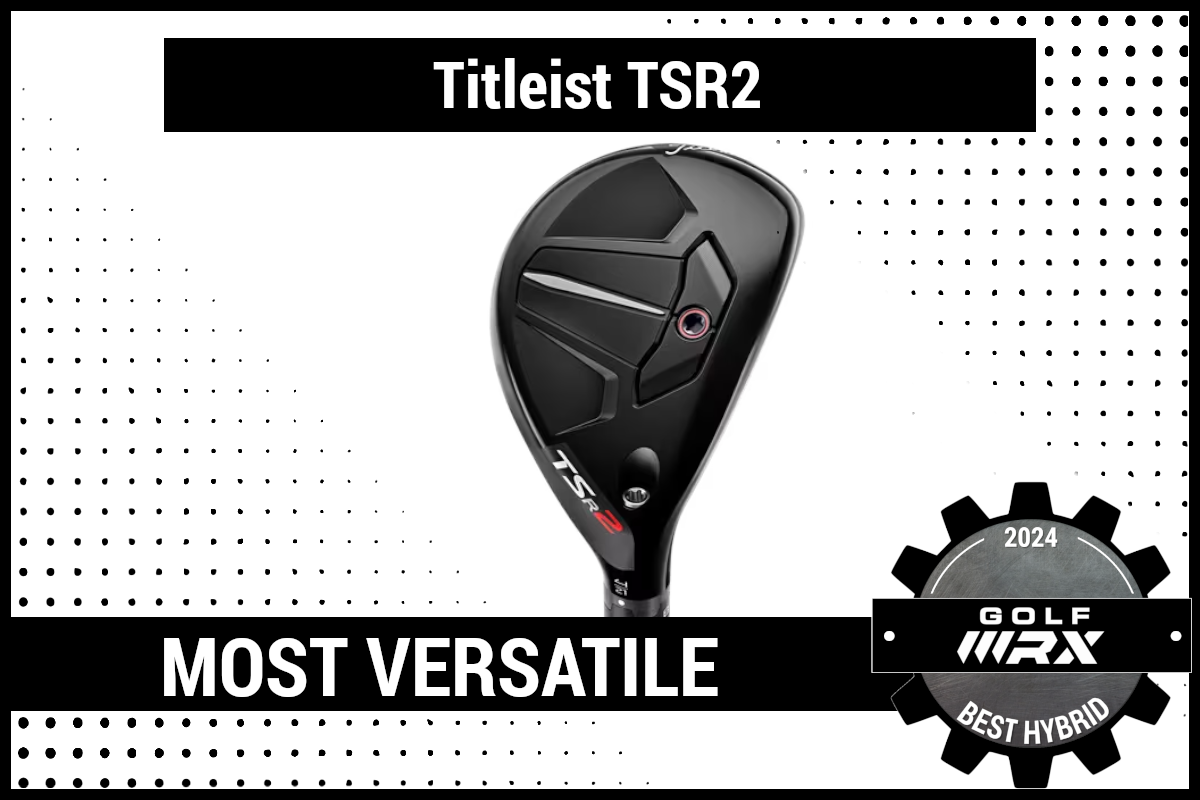
“Forgiving speed and performance,” is the branding for the TSR2. TSR2 hybrids remain slightly longer with a classical shape. Center of gravity is lower and deeper in the TSR2 for higher launch and maximum forgiveness.
For more information, check out our launch piece.
Ping G430
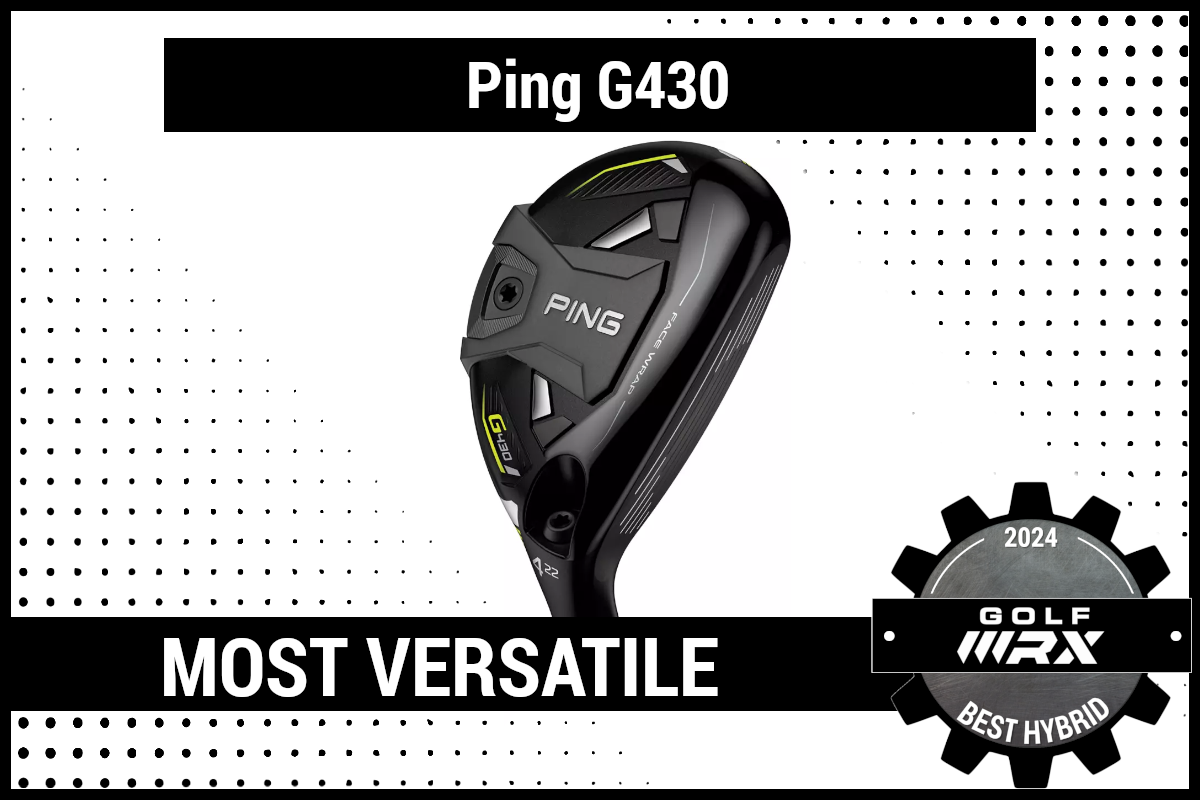
In all of the G430 fairway woods and hybrids, Ping developed Carbonfly Wrap in a bid to deliver more distance by positioning the CG closer to the face line in design to maximize ball speed, resulting in higher, longer carries. The lightweight composite crown wraps into the heel and toe sections of the skirt, creating weight savings of 10 grams, which are reallocated to achieve a lower CG and increase ball speed.
For more information, check out our launch piece.
Callaway Paradym Ai Smoke

Leveraging the company’s new Ai Smart Face, Callaway’s Paradym Ai Smoke hybrid has been reshaped and features a larger profile for greater forgiveness and a refined sole camber for better turf interaction. The Tungsten Speed Cartridge is positioned in the front of the club for lower spin and ease of launch.
For more information, check out our launch piece.
TaylorMade Qi10 Rescue

The Qi10 Rescue is designed with an all-new Carbon Crown that helps free up weight for improved weight distribution in the heads. The club has split internal weighting to achieve more distance and a higher launch.
For more information, check out our launch piece.
TaylorMade Qi10 Tour Rescue

The Qi10 Tour Rescue model features a C300 face with a more compact look and a higher-toe design. It’s designed for better players who seek to combine distance and control with iron-like turf interaction, workability, and precision.
For more information, check out our launch piece.
Most forgiving hybrids of 2024

TaylorMade Qi10 Max Rescue
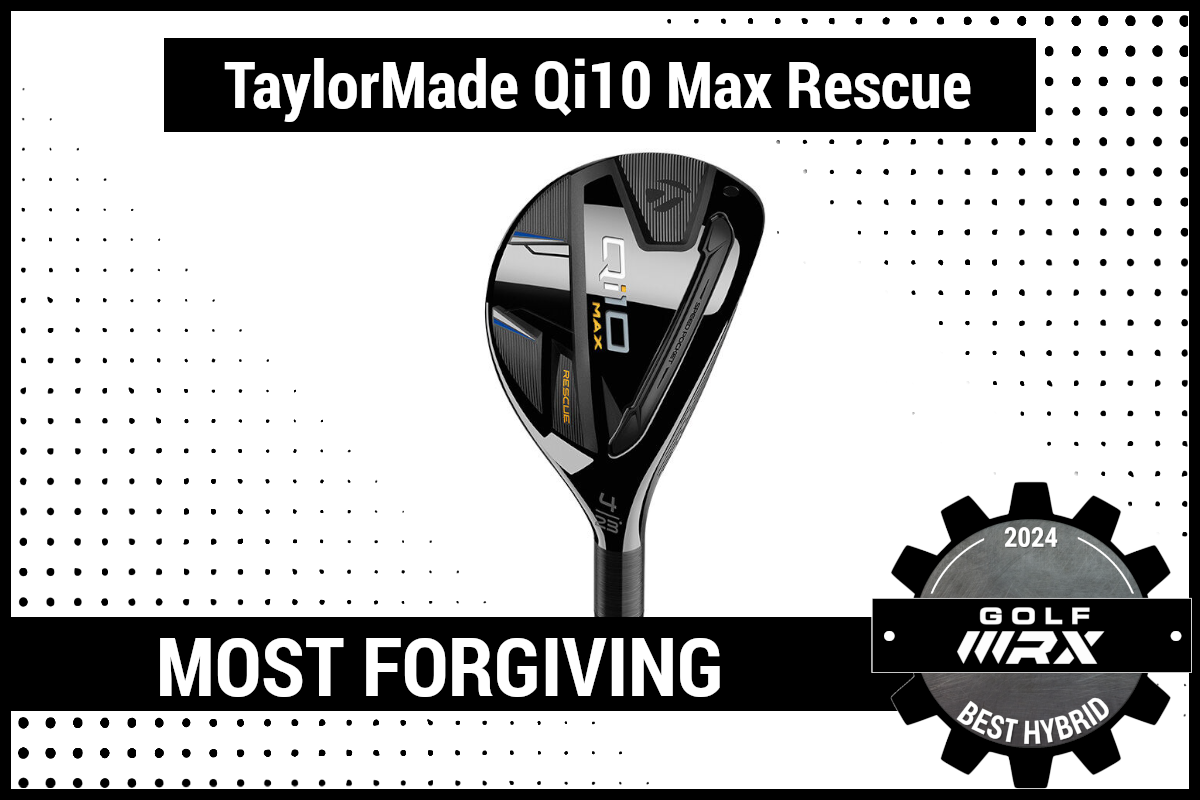
Qi10 Max Rescue clubs are designed with all-new Carbon Crowns that help free up weight for improved weight distribution in the heads. The Qi10 Max has an ultra-low CG (center of gravity) and a shallow face height for even higher launch and greater forgiveness.
For more information, check out our launch piece.
Callaway Paradym Ai Smoke HL
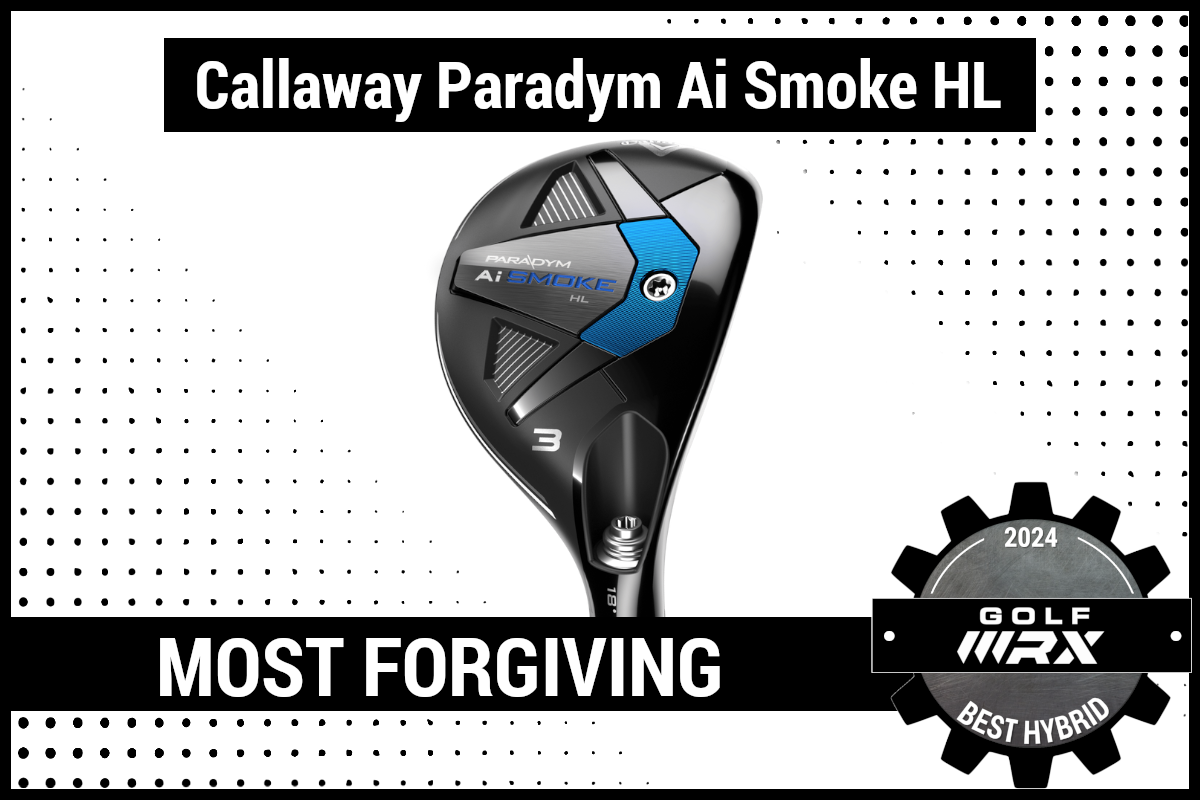
Designed for players with moderate to average swing speeds who are looking to hit the ball higher to maximize carry distance, the Paradym Ai Smoke HL leverages the company’s new Ai Smart Face. It features a larger profile for greater forgiveness and a refined sole camber for better turf interaction. The Tungsten Speed Cartridge is positioned in the front of the club for lower spin and ease of launch.
For more information, check out our launch piece.
Ping G430
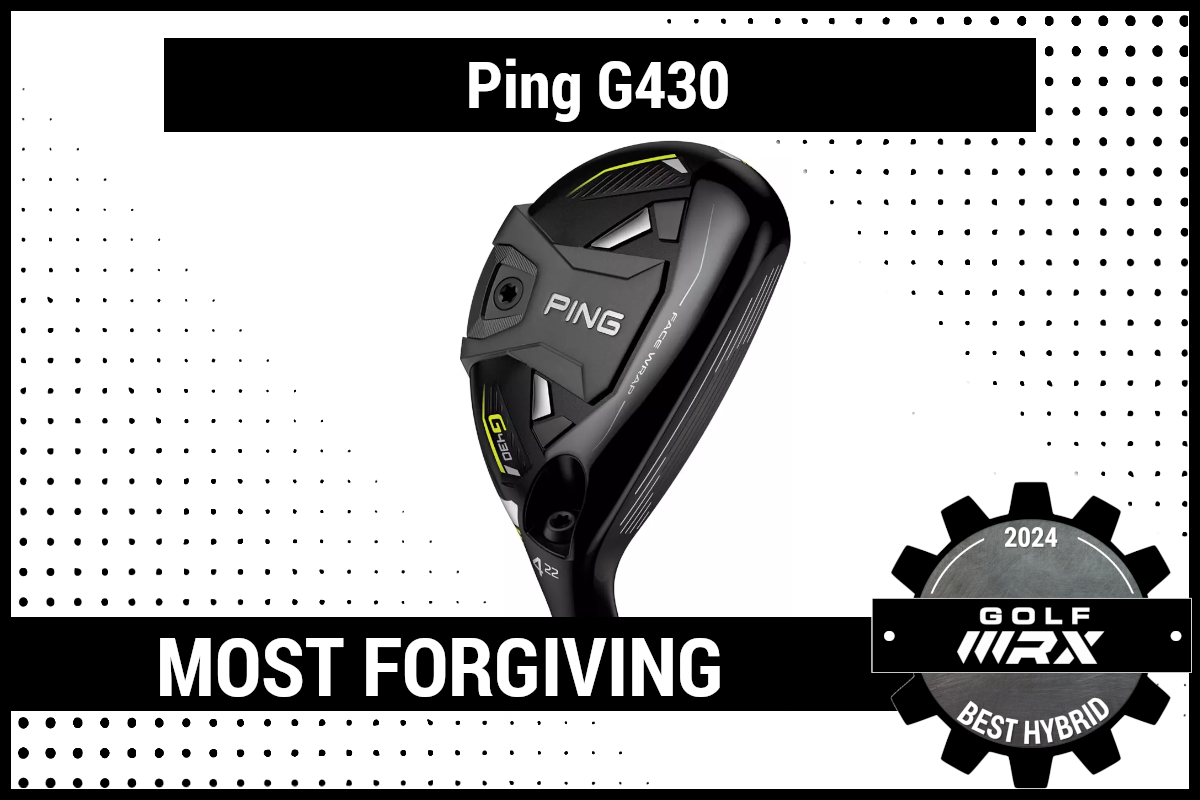
In all of the G430 fairway woods and hybrids, Ping developed Carbonfly Wrap in a bid to deliver more distance by positioning the CG closer to the face line in design to maximize ball speed, resulting in higher, longer carries. The lightweight composite crown wraps into the heel and toe sections of the skirt, creating weight savings of 10 grams, which are reallocated to achieve a lower CG and increase ball speed.
For more information, check out our launch piece.
Callaway Paradym Ai Smoke Max Fast
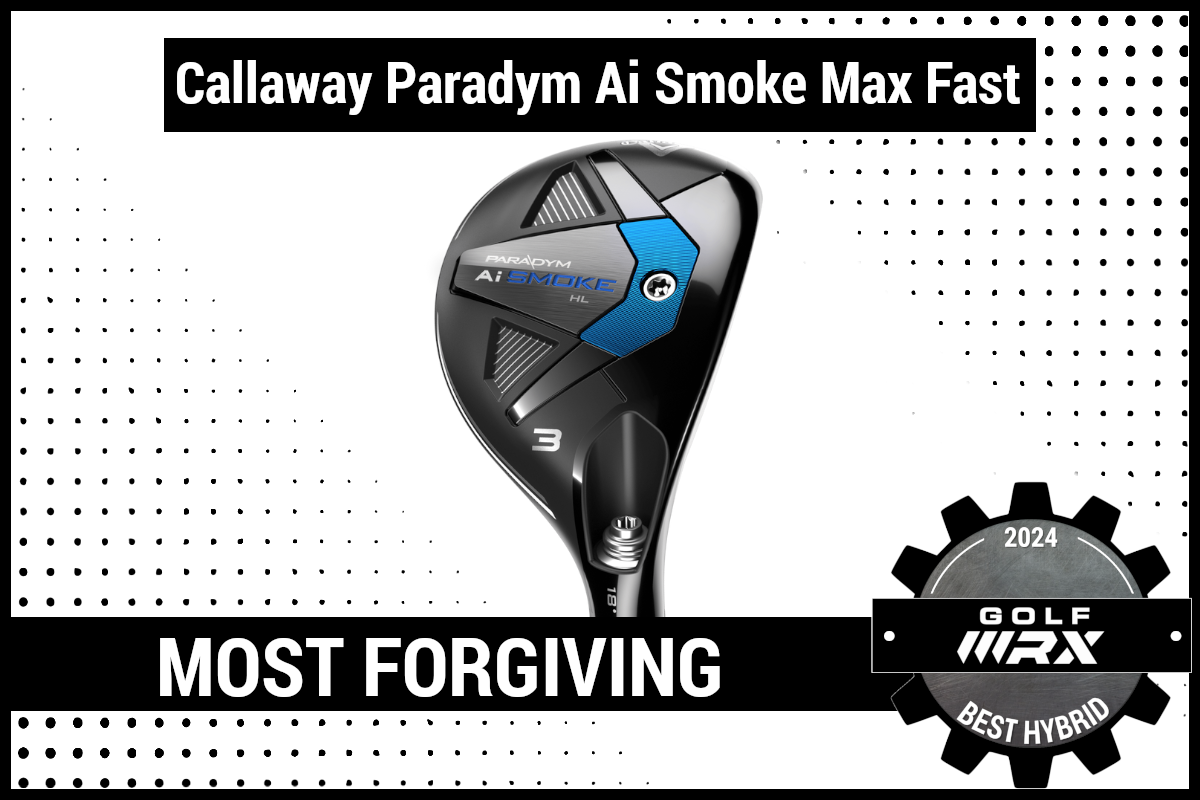
The Callaway Paradym Ai Smoke Max Fast is designed for moderate-swing-speed players. In addition to Ai Smart Face, Max Fast features a larger profile for greater forgiveness and a refined sole camber for better turf interaction. The Tungsten Speed Cartridge is positioned in the front of the club for lower spin and ease of launch.
For more information, check out our launch piece.
Titleist TSR1
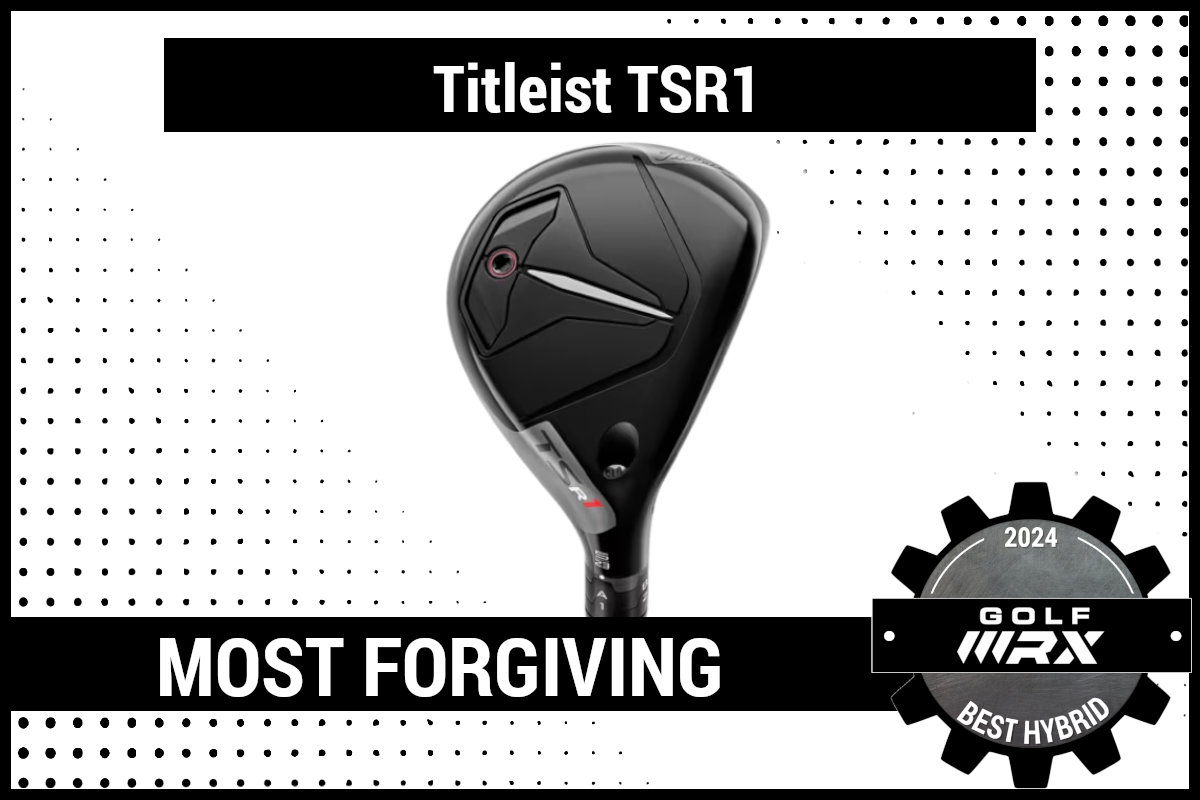
Titleist’s new TSR1 hybrids are built with a larger, “wood-like” size to help golfers find more speed and forgiveness. They’re also built 0.5 inches longer than standard to provide additional assistance in creating speed.
For more information, check out our launch piece.
Best hybrid of 2024: Meet the fitters
- Adam Rathe: Club Champion
- Adam Scotto: Club Champion
- Adam Seitz: Club Champion
- Aidan Mena: Club Champion
- Alex Dice: Carl’s Golfland
- Alex Praeger: Club Champion
- Ben Giunta: The Tour Van
- Blake Smith, PGA: True Spec
- Bo Gorman: True Spec
- Brad Coffield: Carl’s Golfland
- Brett Ott: Club Champion
- Brian Riley: Club Champion
- Cameron Scudder: Club Champion
- Carmen Corvino: True Spec
- Christian Sandler: Club Champion
- Clare Cornelius: Cool Clubs
- Dan Palmisano: Club Champion
- Dane Byers: Club Champion
- Darren Joubert: Club Champion
- Dennis Huggins: Club Champion
- Drew Koch: Club Champion
- Eric Touchet: Touchet Performance Golf
- Erik Gonzales: Club Champion
- Evan Morrison: Club Champion
- Gus Alzate: True Spec
- Jake Medlen: Stripe Show Club Fitters
- Jake Woolston: Club Champion
- Jake Wynd: Club Champion
- Jay Marino: Club Champion
- Jeremy Olsen: Club Champion
- Jim Yenser: Club Champion
- Joe Stefan: Club Champion
- Joey Simon, PGA: Club Champion
- Jonathan Kaye: Club Champion
- Jordan Patrick: True Spec
- Jordan Rollins: Club Champion
- Kevin Arabejo: Club Champion
- Kevin Downey: Club Champion
- Kirk Oguri: Pete’s Golf
- Kyle Lane: Club Champion
- Kyle Murao: Club Champion
- Marc Roybal: True Spec
- Mark Hymerling: Club Champion
- Mark Knapp: Carl’s Golfland
- Matt Miller: Club Champion
- Matt Rish: Club Champion
- Matthew Gandolfi: Club Champion
- Mike Martysiewicz: Club Champion
- Mike Weis: Club Champion
- Mitch Schneider: Club Champion
- Nicholas Barone: Club Champion
- Nick Sherburne: Club Champion
- Nick Waterworth: Haggin Oaks
- Preston Vanderfinch: Club Champion
- Rick Lane: Club Champion
- Rob Anderson, PGA: Club Champion
- Russell Hubby: Club Champion
- Ryan Fisher: Grips Golf
- Ryan Grimes: Club Champion
- Ryan Johnson: Carl’s Golfland Bloomfield Hills
- Sam Kim: True Spec
- Scott Sikorski: Club Champion
- Scott Felix: Felix Club Works
- Scott Trent: Club Champion
- Sean Pfeil: Club Champion
- Shaun Fagan: True Spec
- Steve Harrow: Club Champion
- Tad Artrip: Club Champion
- Thomas Mattaini: Pull the Pin
- Tony Rhode: True Clubs
- William Buse: Club Champion
- William Cho: NovoGolf
- William Fields: Club Champion
Conclusion
The fitters consulted for this piece have accumulated data from thousands of fittings with golfers just like you. From beginners to tour players, their feedback and information can’t be undervalued.
Join the discussion about the best hybrids of 2024 in the forums.
- RELATED: Best driver 2024: Most forgiving driver
- RELATED: Best driver 2024: Expert club fitters recommend the best driver for your swing speed
- RELATED: Best fairway woods of 2024: Expert club fitters recommend the most versatile and forgiving options
- LIKE9
- LEGIT2
- WOW0
- LOL0
- IDHT0
- FLOP1
- OB0
- SHANK0
Whats in the Bag
Nelly Korda WITB 2024 (March)
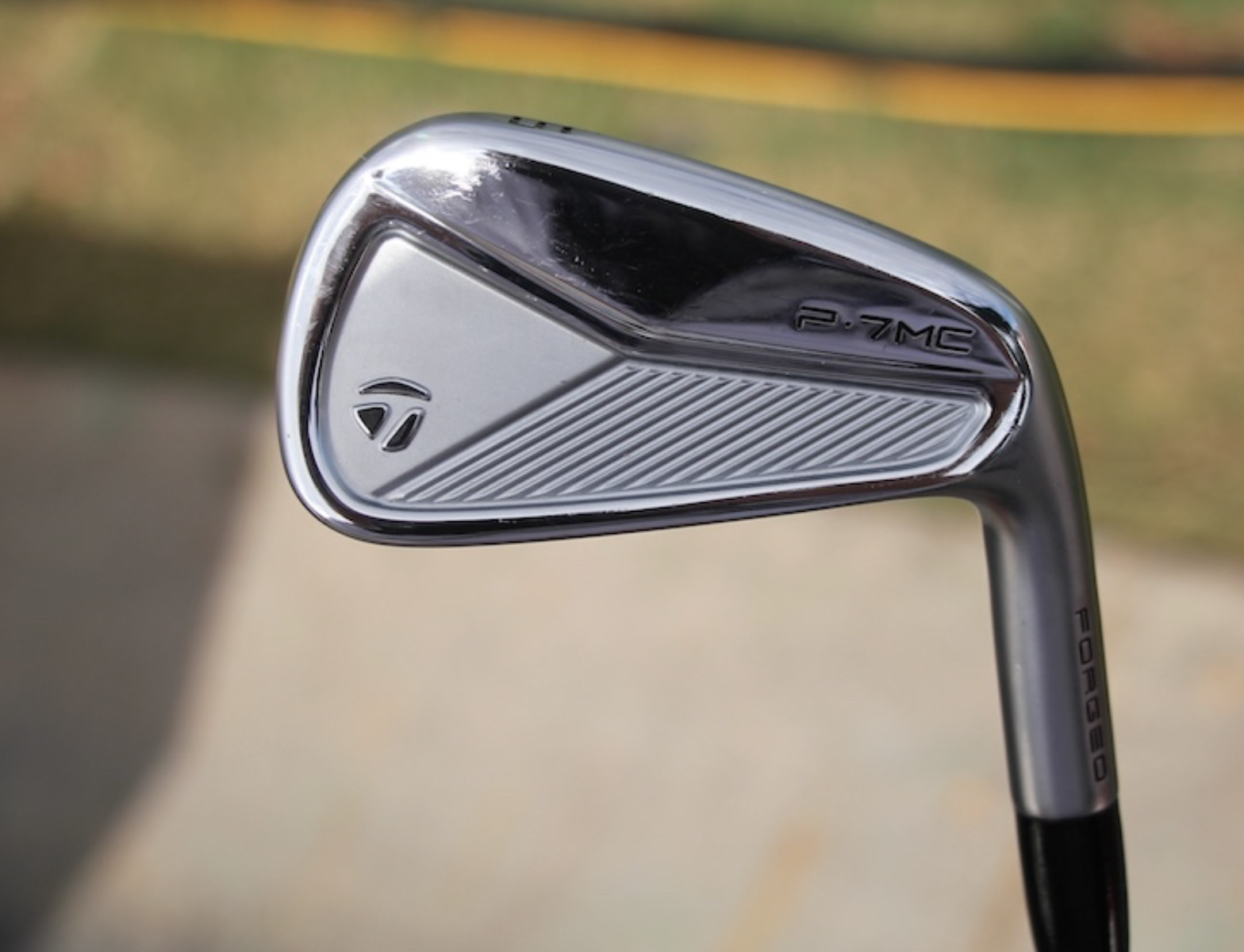
- Nelly Korda’s WITB accurate as of her win at the Fir Hills Seri Pak Championship.
Driver: TaylorMade Qi10 Max (10.5 degrees)
Shaft: Mitsubishi Diamana GT 60 S
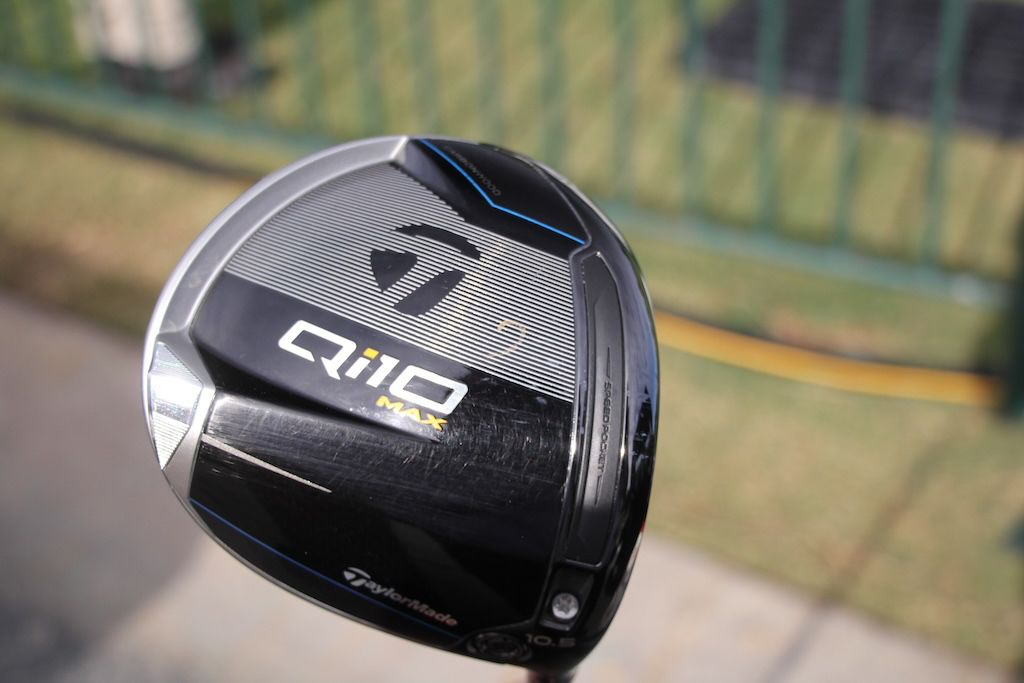
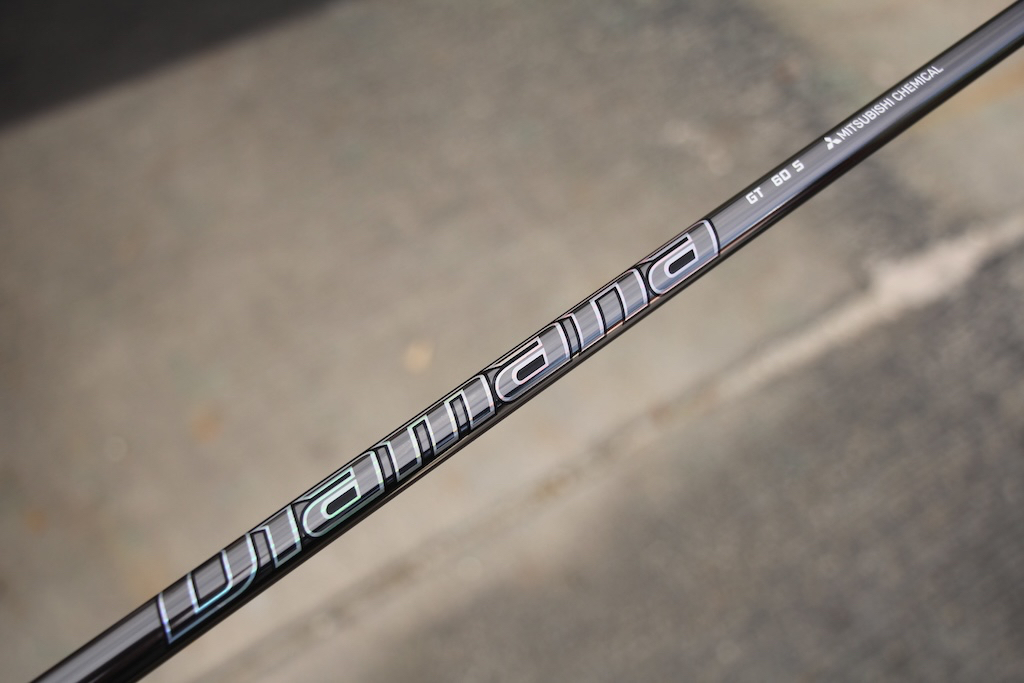
3-wood: TaylorMade Stealth 2 (15 degrees)
Shaft: Fujikura Ventus Red 7 S
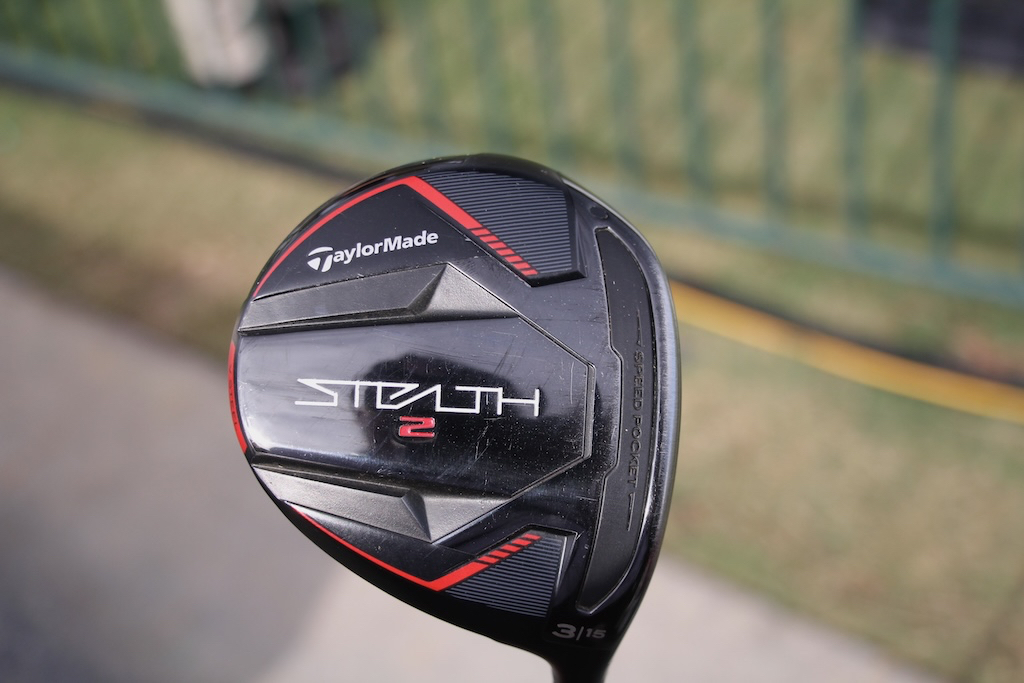
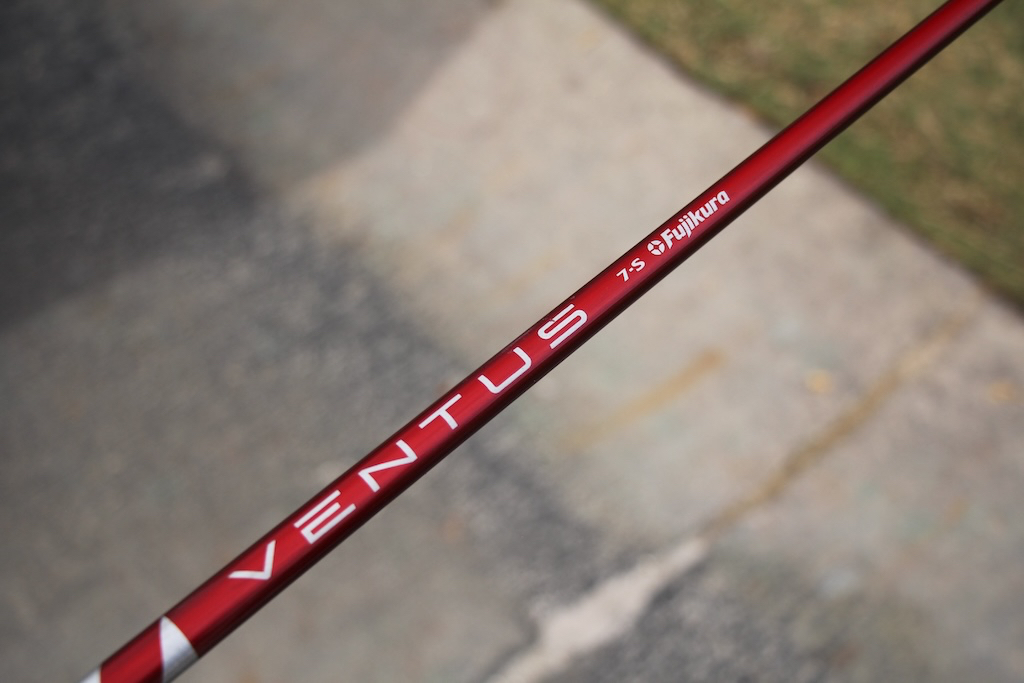
5-wood: TaylorMade Stealth 2 (21 degrees)
Shaft: Fujikura Ventus Black 7 S
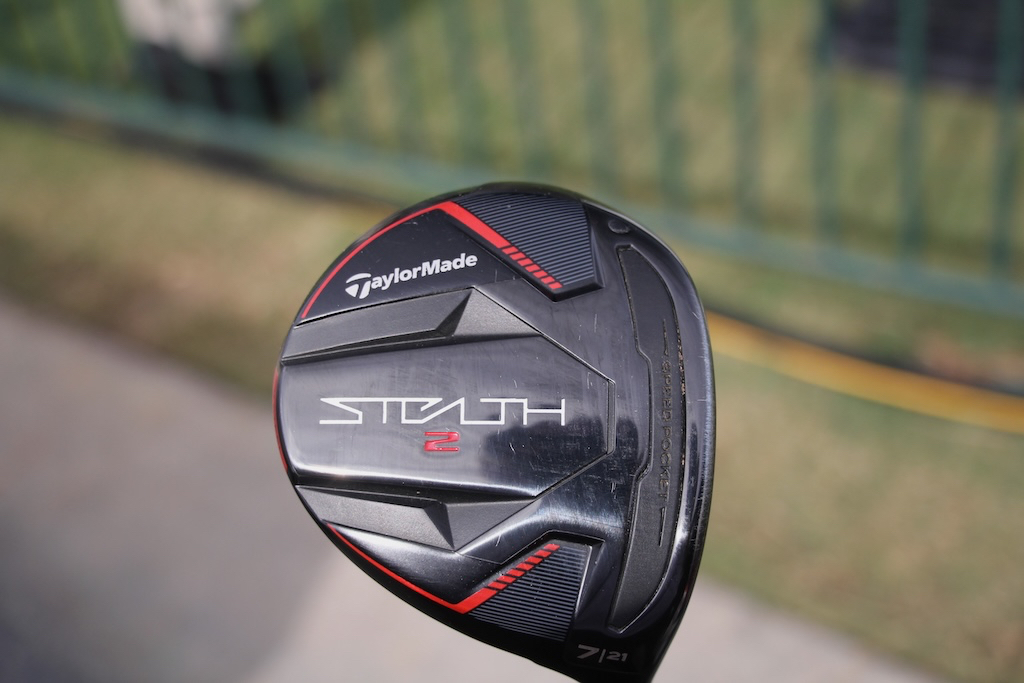
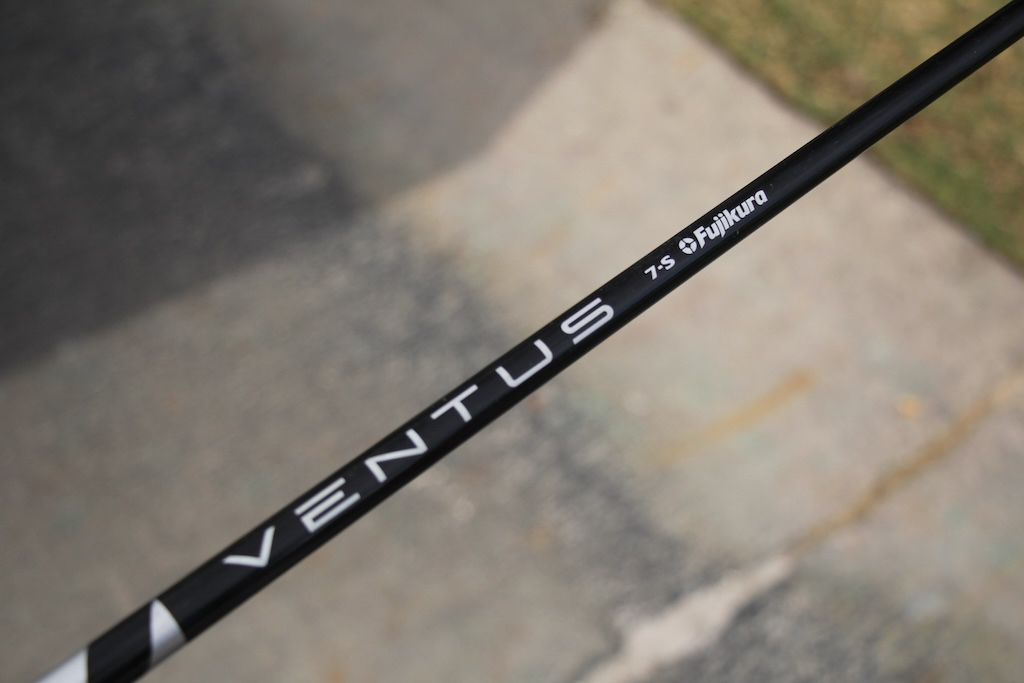
Hybrid: Ping G425 (26 degrees)
Shaft: Fujikura Ventus Blue HB 7 S
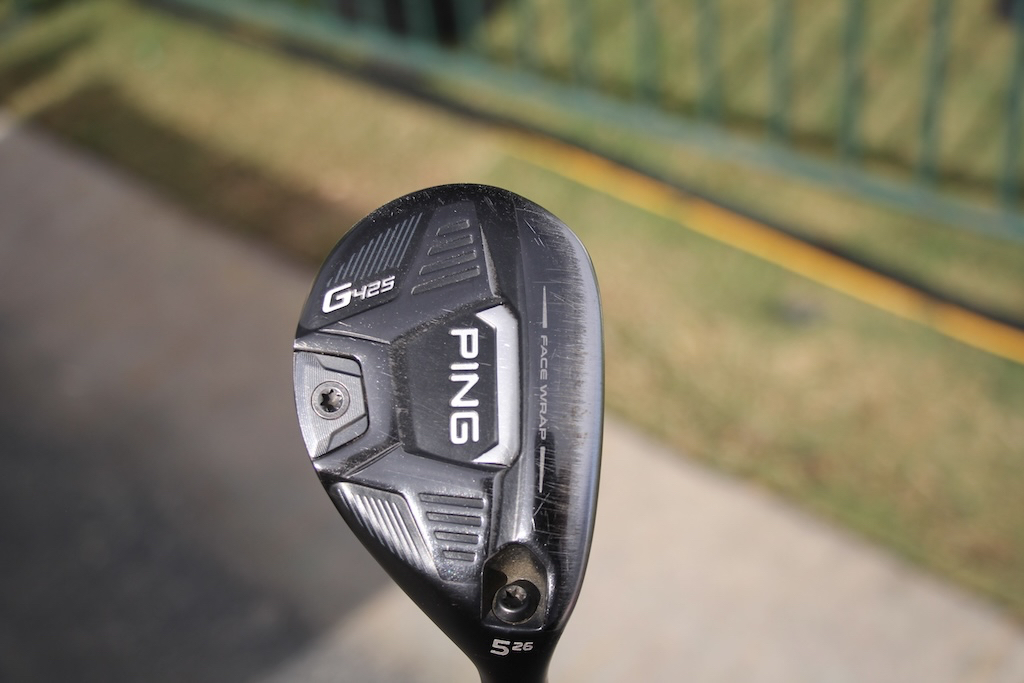
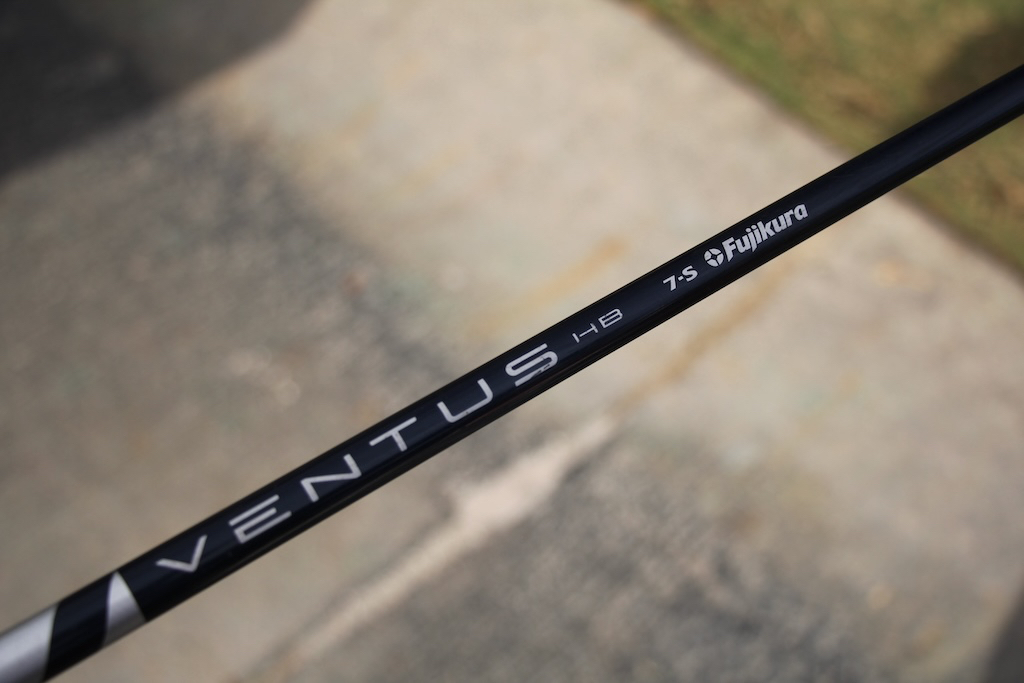
Irons: TaylorMade P770 (5), TaylorMade P7MC (6-PW)
Shafts: AeroTech SteelFiber i80 cw
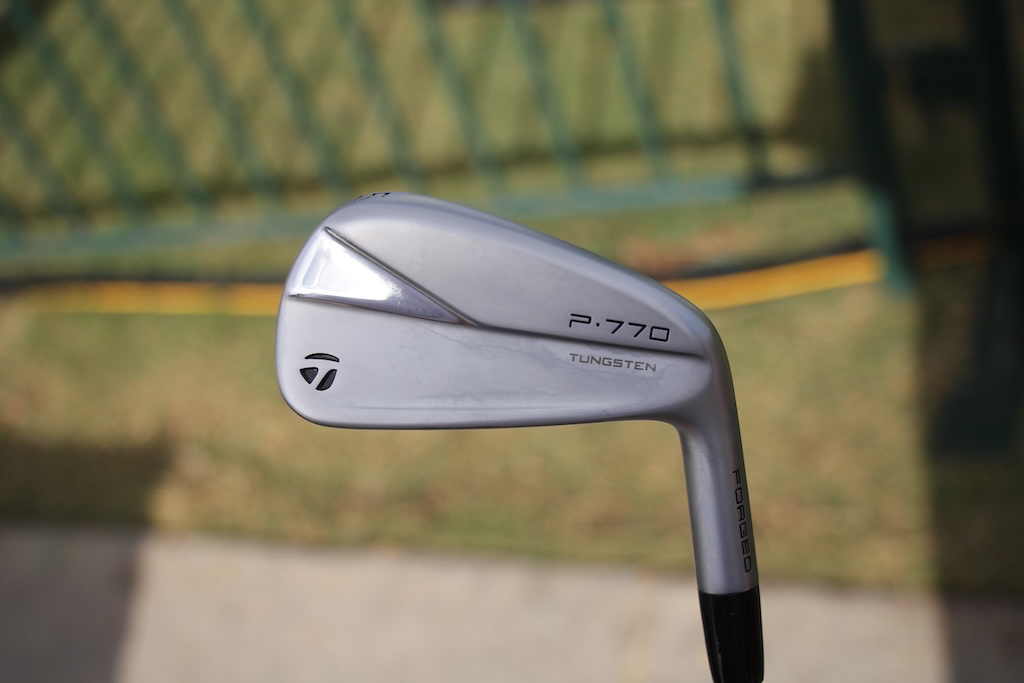
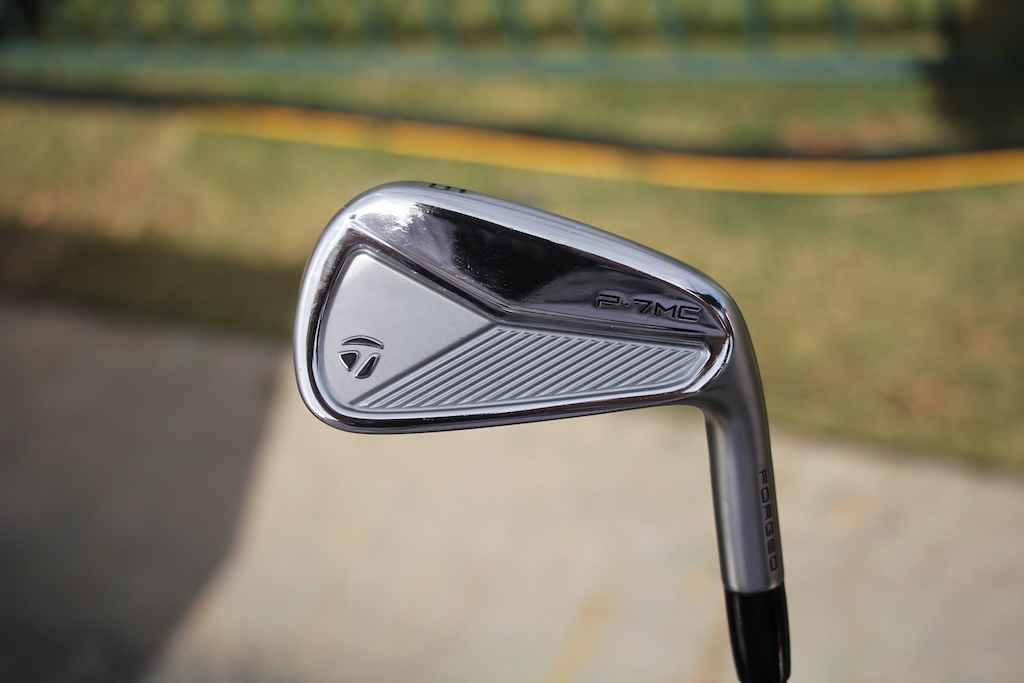
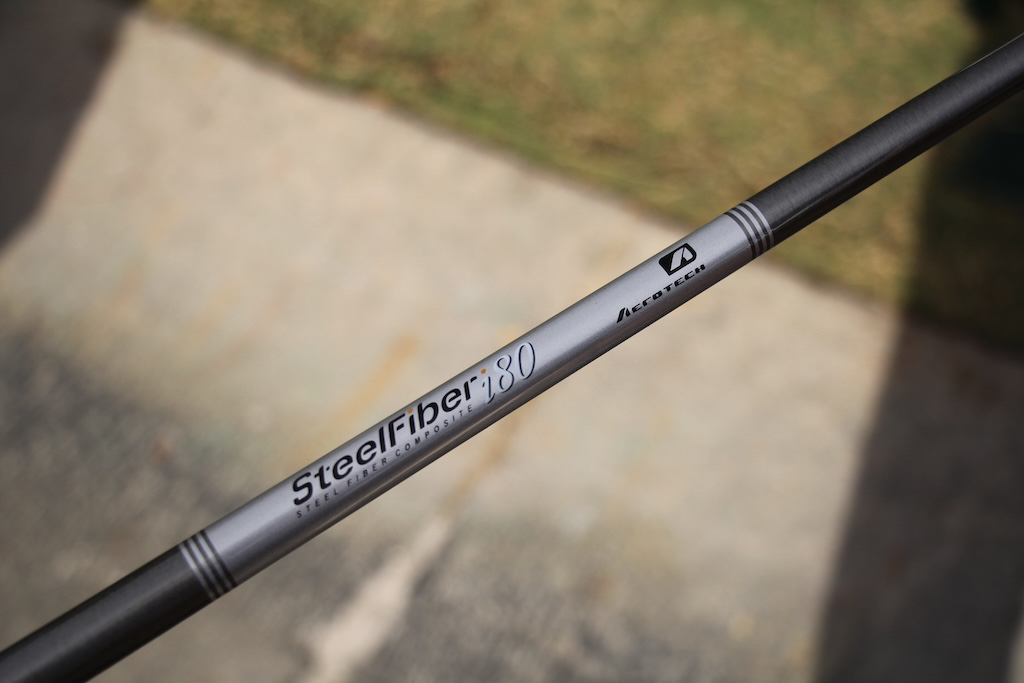
Wedges: TaylorMade MG4 (50-09SB, 54-SB), Vokey Design WedgeWorks (58-T)
Shafts: AeroTech SteelFiber i95 cw
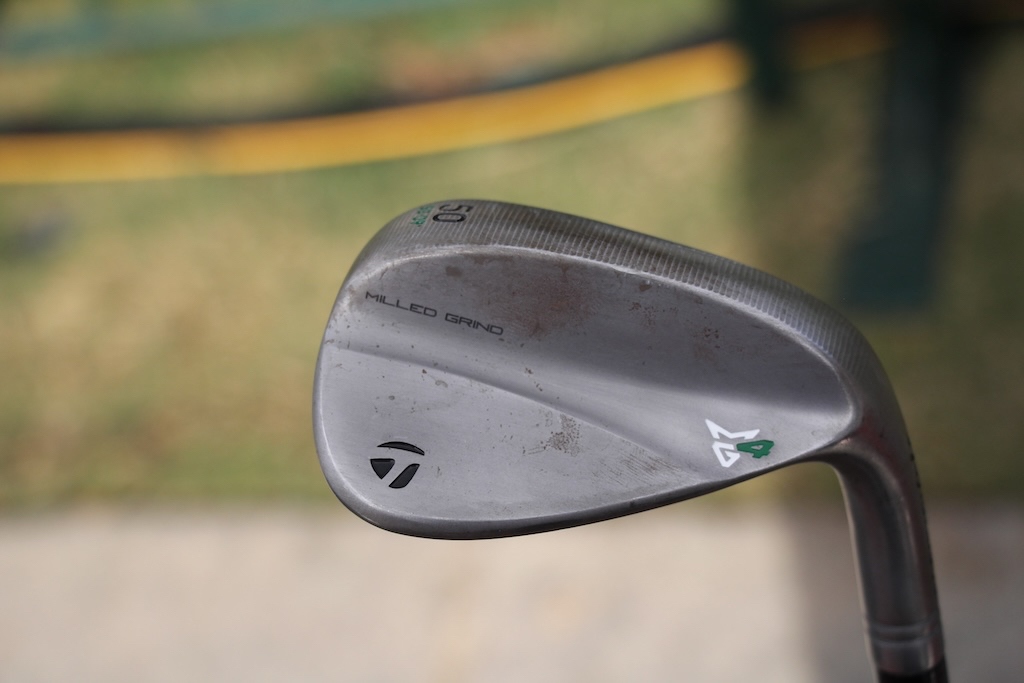
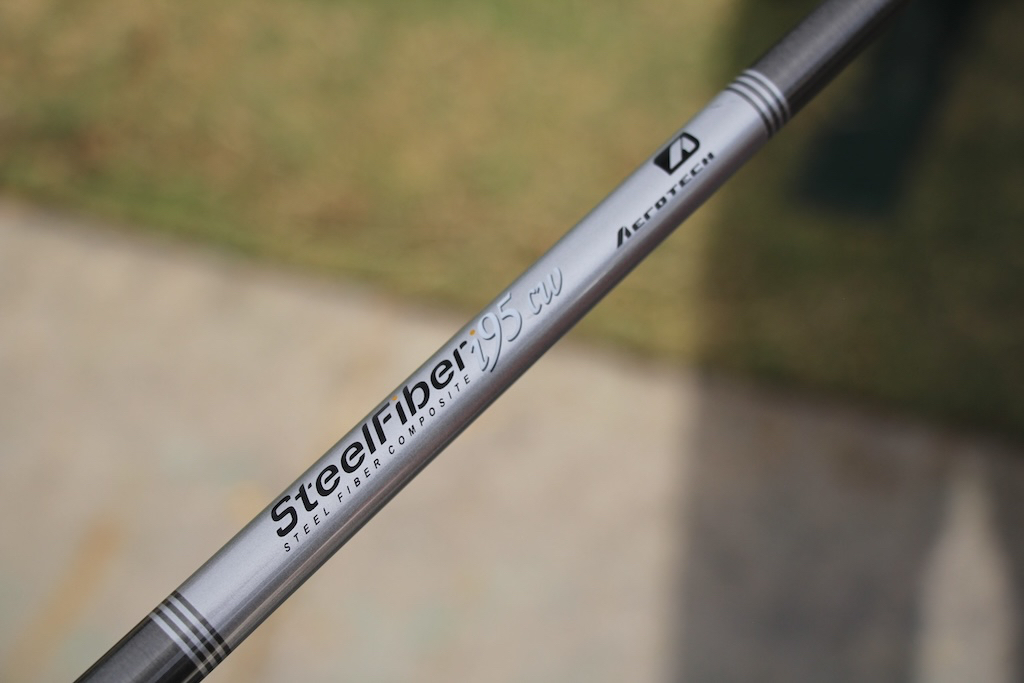
Putter: Scotty Cameron Special Select Squareback 2 Prototype
Grips: Golf Pride Tour Velvet
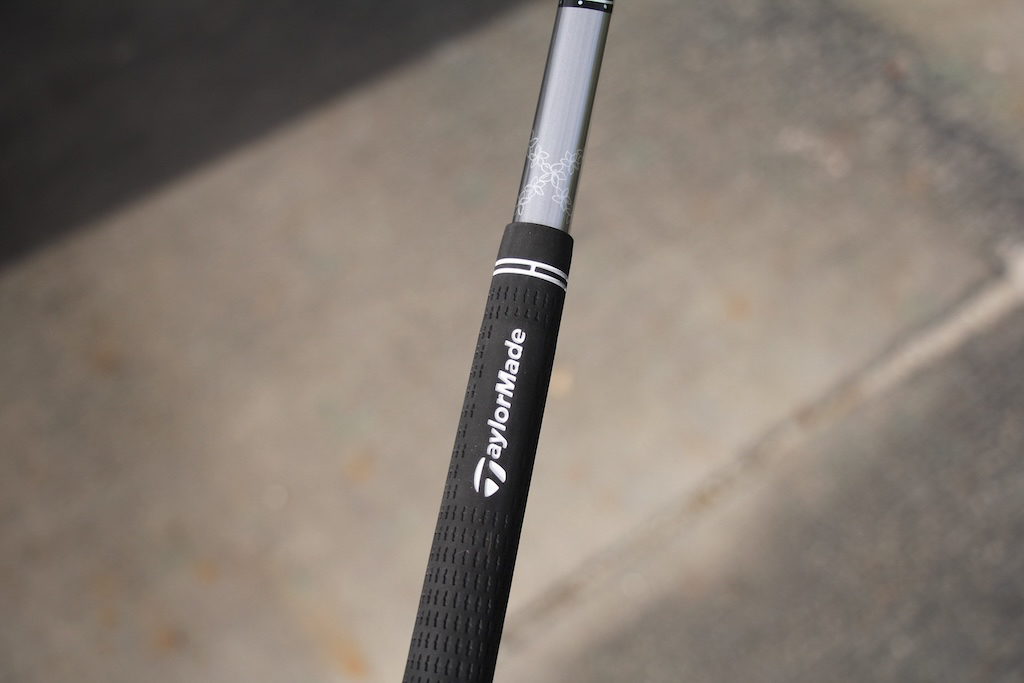
Ball: TaylorMade TP5x
- LIKE12
- LEGIT2
- WOW2
- LOL1
- IDHT1
- FLOP0
- OB0
- SHANK0
-
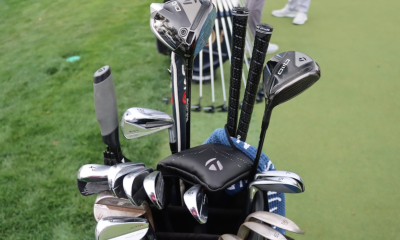
 Whats in the Bag3 weeks ago
Whats in the Bag3 weeks agoScottie Scheffler WITB 2024 (March)
-
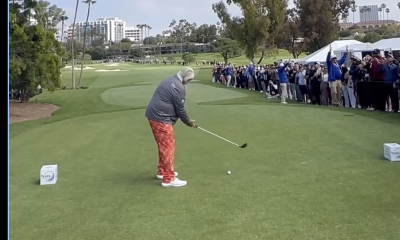
 19th Hole12 hours ago
19th Hole12 hours agoJohn Daly stuns fans into silence with brutal opening tee shot on PGA Tour Champions
-

 19th Hole3 weeks ago
19th Hole3 weeks agoPaulina Gretzky opens up on receiving death threats following DJ’s move to LIV Golf
-

 19th Hole3 weeks ago
19th Hole3 weeks agoVincenzi’s LIV Golf Hong Kong betting preview: Trio of major champs primed for big week
-

 19th Hole4 days ago
19th Hole4 days ago2-time major champ announces shock retirement from the sport at age of 33
-

 19th Hole5 days ago
19th Hole5 days agoEdoardo Molinari reveals the latest PGA Tour golfer to turn down ‘good offer’ from LIV Golf
-

 19th Hole1 week ago
19th Hole1 week agoScottie Scheffler had an interesting response when asked how he ‘quiets the noise’ following Players victory
-

 19th Hole6 days ago
19th Hole6 days agoJon Rahm dealt fresh blow to hopes of qualifying for 2025 Ryder Cup

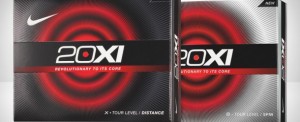


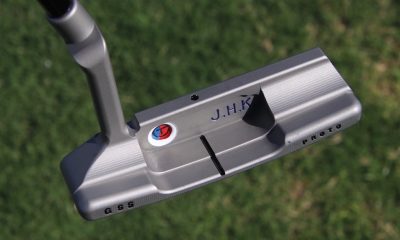

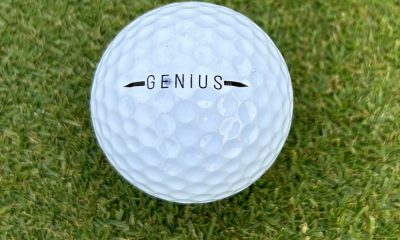



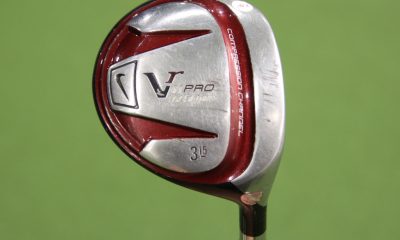

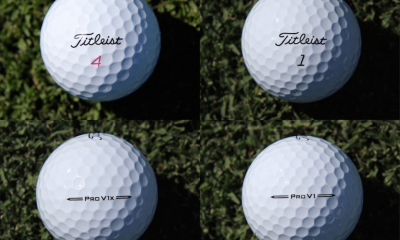

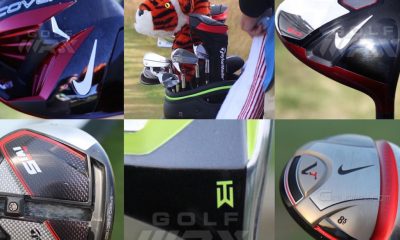










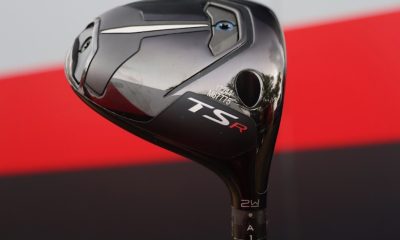

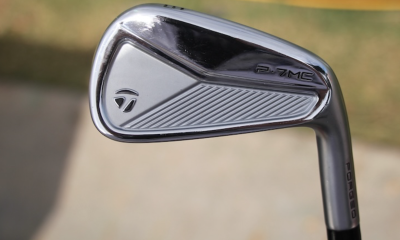

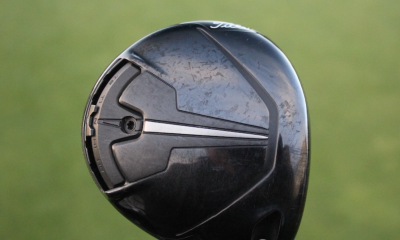

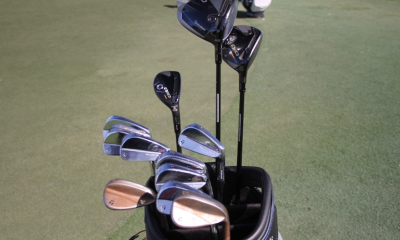

Roger Ackerman
Mar 29, 2014 at 10:56 pm
Hi just got a Hole in one on a par 3. 136 yards with a Nike RZN X . This was at Peninsula Gulf Club Gulf Shores ,Al . They sent a Great Commemorative wall plaque with a picture of the hole,yardage, date, club. Not a thing about the ball. Do you have a way to mount the Ball . So I can Display it by by we’re it should be. After all the Ball made the hole in One . Roger Ackerman. ( my first hole in one )
Nick
Aug 20, 2013 at 4:27 pm
Just bought the 20xi-x. I normally play with the prov1x, but I’m looking for a good ball with a smaller price tag. I have a chipping green in my back yard and tried these out chipping against prov1x. The nike feels like a Slazenger raw distance off the 56* and the putter. Awful feel, hopefully I see results with it on the course.
Terry
Sep 12, 2012 at 2:01 pm
20xi-x is the worst ball I have played this summer. My swing speed is 95mph for the driver but the ball feels hard off every club including the putter and my distance much shorter and its durability is less than the pro-v, bridgestone, or sixron ball. No wonder they were half price, poor purchase even at $24.
Levi
Jul 15, 2012 at 5:51 pm
I’ve tried the 20xi ball and thought it was terrible ball it
felt terrible around the green and especially with the putter!
gticlay
May 3, 2012 at 10:03 am
@Martin – are you using conforming groove clubs or square groove from the pre-conforming days? I ask because this ball must be made to spin properly with the conforming grooves and if you play a ball made to spin with CC and use square grooves, you’ll end up doing what you did. So just curious what you are using.
thanks!
Pingback: Nike 20XI / 20XI-X Balls | Augusta Blog
Jay
Apr 30, 2012 at 6:25 pm
It’s only April and this guy is talking about summer? So you tested this ball in the summer of last year?
JaxBeachNole
Apr 30, 2012 at 5:56 pm
” I love in NE Florida,” I do love typically in NE Florida, but meant live. My apologies.
JaxBeachNole
Apr 30, 2012 at 5:54 pm
Great review. I play the X as well as some leftover Tour One Ds and think it’s as good as any ball out there.
I disagree, however, with the level of spin around the greens. I have found that the X doesn’t zip as much as the current ProV1x. I love in NE Florida and play firmer greens typically but felt that on pitches the 20XI-X rolls out a little more than the ProV1x.
It is the ball in my bag though and I am happy to see a positive review.